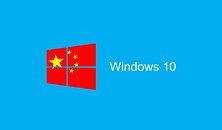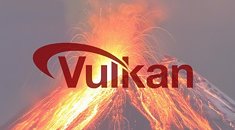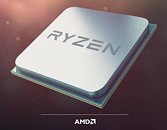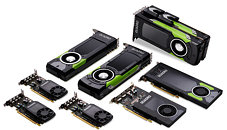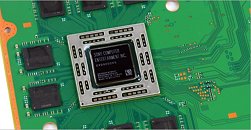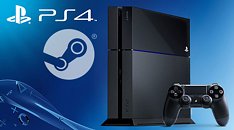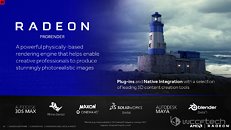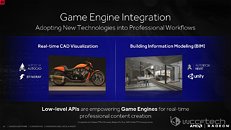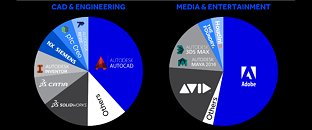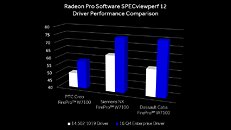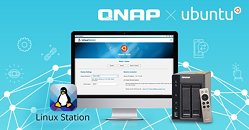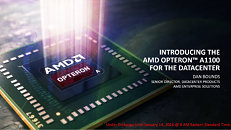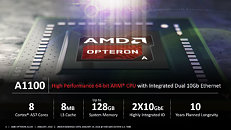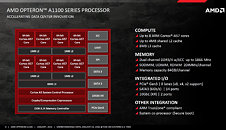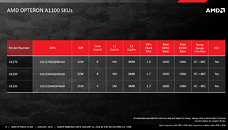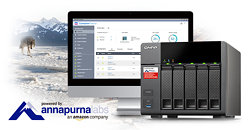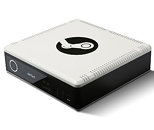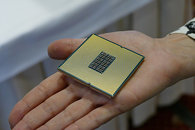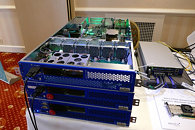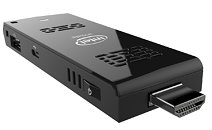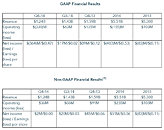Unigine Superposition 1.0 Benchmark Released
(Re)member that dazzling-looking Superposition benchmark from Unigine - the one that was supposed to have arrived late 2016? The one that apparently wasn't good enough for Steam? Well it has been released, and you can now gobble up all of those realistic graphics for yourself and your GPU of choice. Some standout features include the ability to scale rendering resolution all the way up to 8K, so... Go on ahead, click that link below, make your graphics cards scream, and elbow one another for the top result. I will be with you in a little while. Go on after the break for some more features and a little teaser on what the benchmark is all about.Download Link: Unigine Superposition Benchmark 1.0Can I just say I love me some Nicola Tesla on the walls?




